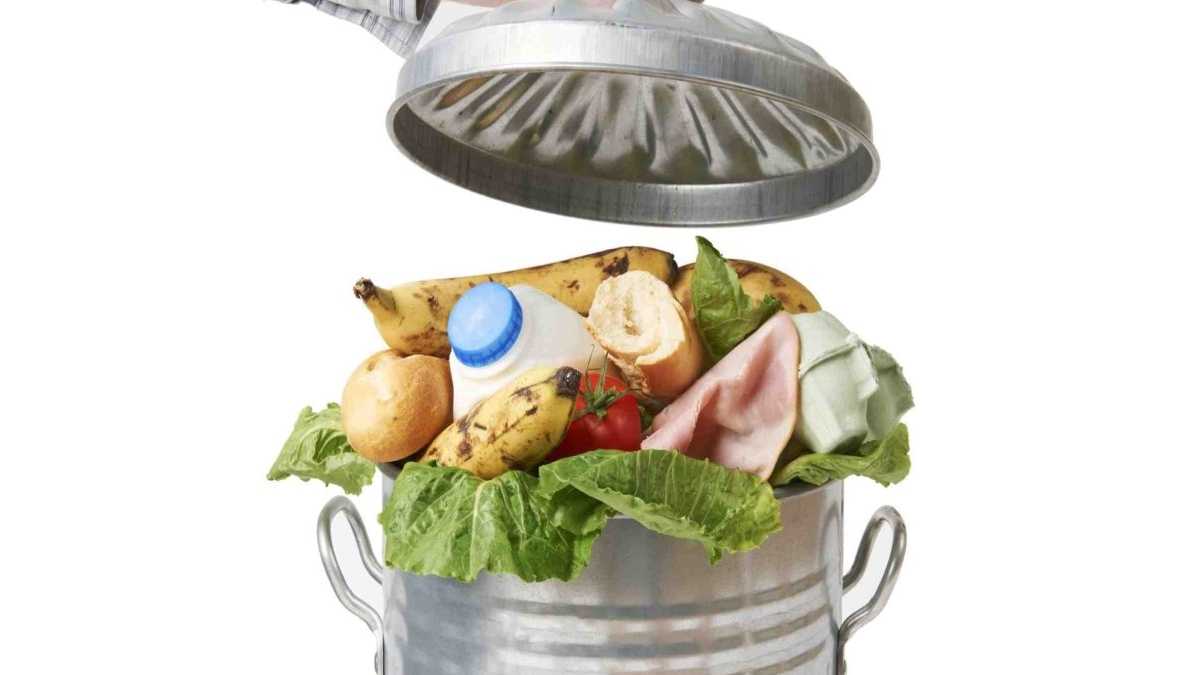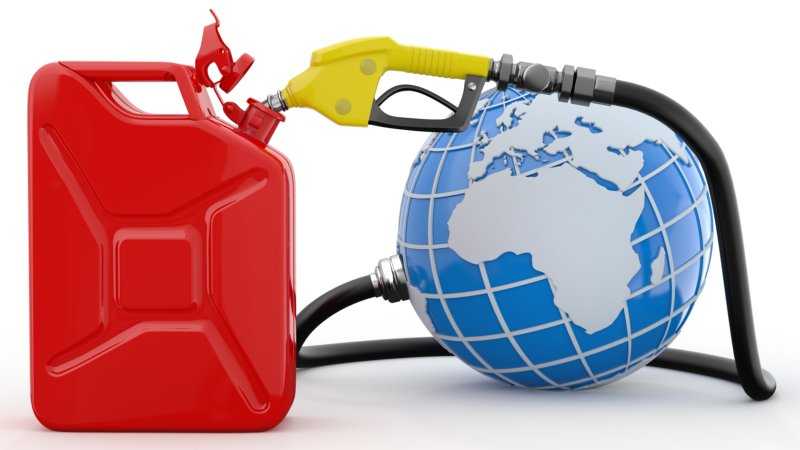Per 19g Protein Serving (4 Ounce Burger)
Carbon
Footprint
Square
Footprint
Water
Footprint


0.75 kg CO2e
3.97 ft2
4.17 Gallons


Monthly Choice
Weekly Choice
Daily Choice
Best Choice
Food Waste


Consumers are estimated to waste on average 20% of all Impossible Burgers purchased (USDA ERS, 2019; based on beef).

Food waste increases the environmental impact of the Impossible Burger by 25.0%
Consumers are estimated to waste on average 20% of all Impossible Burger purchased (USDA ERS, 2019; based on beef).
Carbon Footprint


If you ate an Impossible Burger every day for a year, you would use:
8.1
Gallons of Gasoline Equivalent
72.0
kg CO2e

If you ate an Impossible Burger every day for a year, you would use:
30.7
Gallons of Gasoline Equivalent
272.5
kg CO2e
The Carbon Footprint of an Impossible Burger is 0.75 kg CO2e per burger. The greenhouse gas emissions of a Impossible Burger are 13.0 times lower than a beef burger.
-
34.06 g CO2e / g protein
-
6.22 kg CO2e / 2,000 kcal
-
6.01 kg CO2e / kg
-
2.73 kg CO2e / lb
-
167.5 g protein / kg (Source: Nutrition label)
-
2,116 kcal / kg (Source: Nutrition label)
Carbon Footprint of Gasoline: 8.89 kg CO2e / gallon
-
Based on EIA (2016)
Carbon Footprint of an Impossible Burger at Impossible Foods: 3.50 kg CO2e / kg
-
From Khan et al. (2019), which is a Cradle to Processor Gate study on the Impossible Burger. The study does not include food losses or energy used at the retail and consumer stages.
-
This study was commissioned by a consulting firm, and was independently reviewed by leading academic Life Cycle Assessment (LCA) researchers.
-
Retail and consumer stages are added in subsequent sections.
Carbon Footprint of Delivery to Retail: 0.20 kg CO2e / kg
-
Based on Poore & Nemeck (2018) meta-analysis value for chilled items.
Carbon Footprint at Retail: 0.43 kg CO2e / kg
-
0.27 kg CO2e / kg for chilled meat based on Poore & Nemeck meta-analysis.
-
Assumes a 4% retail food loss, based on the value for beef, which results in an additional 0.16 kg CO2e / kg.
Carbon Footprint of Retail to Home: 0.88 kg CO2e / kg
-
Assumed 1 package (8 ounces) purchased
Carbon Footprint of Cooking: 0.27 kg CO2e / kg
-
Cooked from 40 degrees fresh to 165 degrees internal for 4 minutes on a 1,600 g 12 inch aluminum frying pan on medium heat. Cooking time increases to 8 minutes to cook 5 or more burgers on the same pan.
-
Heat capacity proxied with hamburger meat is 3.52 J / g*C (Engineering ToolBox, 2003)
-
Assumed fresh at 40 degrees.
-
Cooking time based on manufacturer packaging.
-
For energy use calculators and the proportion of US Household size used to determine cooking proportions, see the “Carbon Footprint of Cooking” page.
-
Source: Carbon Footprint of Cooking
Carbon Footprint of Consumer Food Loss: 1.06 kg CO2e / kg
-
Consumer Loss: 20%
-
Proxy value based on beef.
-
Carbon Footprint of Disposal: 0.07 kg CO2e / kg
-
23.2% wasted
-
Source: Carbon Footprint of Food Disposal
Cradle to Grave Carbon Footprint: 6.58 kg CO2e / kg
Additional Assumptions:
-
Energy use from refrigeration at home is not considered. The electricity load of a refrigerator is considered separate from the foods placed inside of it, because it is assumed that every household has a refrigerator, regardless of how much food is in it. The individual load of opening the refrigerator for one item has been estimated to be around 2 g CO2e / opening (0.02 MJ / opening; Terrell, 2006), and thus does not meet the cutoff for sensitivity of carbon footprints set at 2 significant digits for kg CO2e.
Square Footprint


If you ate an Impossible Burger every day for a year, you would use:
10
Parking Spaces Equivalent
1,450
ft2

If you ate an Impossible Burger every day for a year, you would use:
10
Parking Spaces Equivalent
1,450
ft2
The Square Footprint of an Impossible Burger is 3.97 ft2 per burger. The land use of an Impossible Burger is 77.9 times lower than a beef burger.
0.21 ft2 / g protein
33.12 ft2 / 2,000 kcal
35.04 kg ft2 / kg
15.89 kg ft2 / lb
167.5 g protein / kg (Source: Nutrition label)
2,116 kcal / kg (Source: Nutrition label)
Square Footprint at Processor Gate: 26.91 ft2 / kg
From Khan et al. (2019), which is a Cradle to Processor Gate study on the Impossible Burger. The study does not include food losses or energy used at the retail and consumer stages.
This study was commissioned by a consulting firm, and was independently reviewed by leading academic Life Cycle Assessment (LCA) researchers.
Converted from the value originally reported of 2.50 m2 / kg.
Square Footprint After Food Loss: 35.04 ft2 / kg
Assumes a 4% retail food loss, based on the value for beef.
Assumes a 20% consumer loss, based on the value for beef.
Total food loss of 23.2% increases the Square Footprint by 35.04%.
Water Footprint


If you ate an Impossible Burger every day for a year, you would use:
10.1
Hours in the Shower Equivalent
1,521
Gallons of Water

If you ate an Impossible Burger every day for a year, you would use:
10.1
Hours in the Shower Equivalent
1,521
Gallons
The Water Footprint of an Impossible Burger is 4.17 gallons per burger. The water use of an Impossible Burger is 18.0 times lower than a beef burger.
0.22 gallons / g protein
34.73 gallons / 2,000 kcal
36.75 gallons / kg
16.67 gallons / lb
167.5 g protein / kg (Source: Nutrition label)
2,116 kcal / kg (Source: Nutrition label)
Water Footprint at Processor Gate: 28.22 gallons / kg
From Khan et al. (2019), which is a Cradle to Processor Gate study on the Impossible Burger. The study does not include food losses or energy used at the retail and consumer stages.
This study was commissioned by a consulting firm, and was independently reviewed by leading academic Life Cycle Assessment (LCA) researchers.
Converted from the value originally reported of 106.82 L / kg.
Water Footprint After Food Loss: 36.75 gallons / kg
Assumes a 4% retail food loss, based on the value for beef.
Assumes a 20% consumer loss, based on the value for beef.
Total food loss of 23.2% increases the Water
References
Energy Information Administration (EIA; February 2, 2016). Carbon Dioxide Emissions Coefficients. See Link to Source
Home Water Works. (2019). Showers. See Link to Source
Franklin Street. (May 23, 2019). How Large is a Parking Space? See Link to Source
Khan, S., Dettling, J., Hester, J., & Moses, R. (2019). Comparative environmental LCA of the Impossible Burger with conventional ground beef burger. Lausanne, Switzerland: Quantis.
Poore, J., & Nemecek, T. (2018). Reducing food’s environmental impacts through producers and consumers. Science, 360(6392), 987-992.
Terrell, W. (2006). Energy Requirements of Refrigerators Due to Door Opening Conditions. International Refrigeration and Air Conditioning Conference. Paper 836.
The Engineering ToolBox. (2003). Specific Heat of Food and Foodstuff. See Link to Source
USDA ERS: US Department of Agriculture Economic Research Service. (2019). Loss-Adjusted Food Availability.

